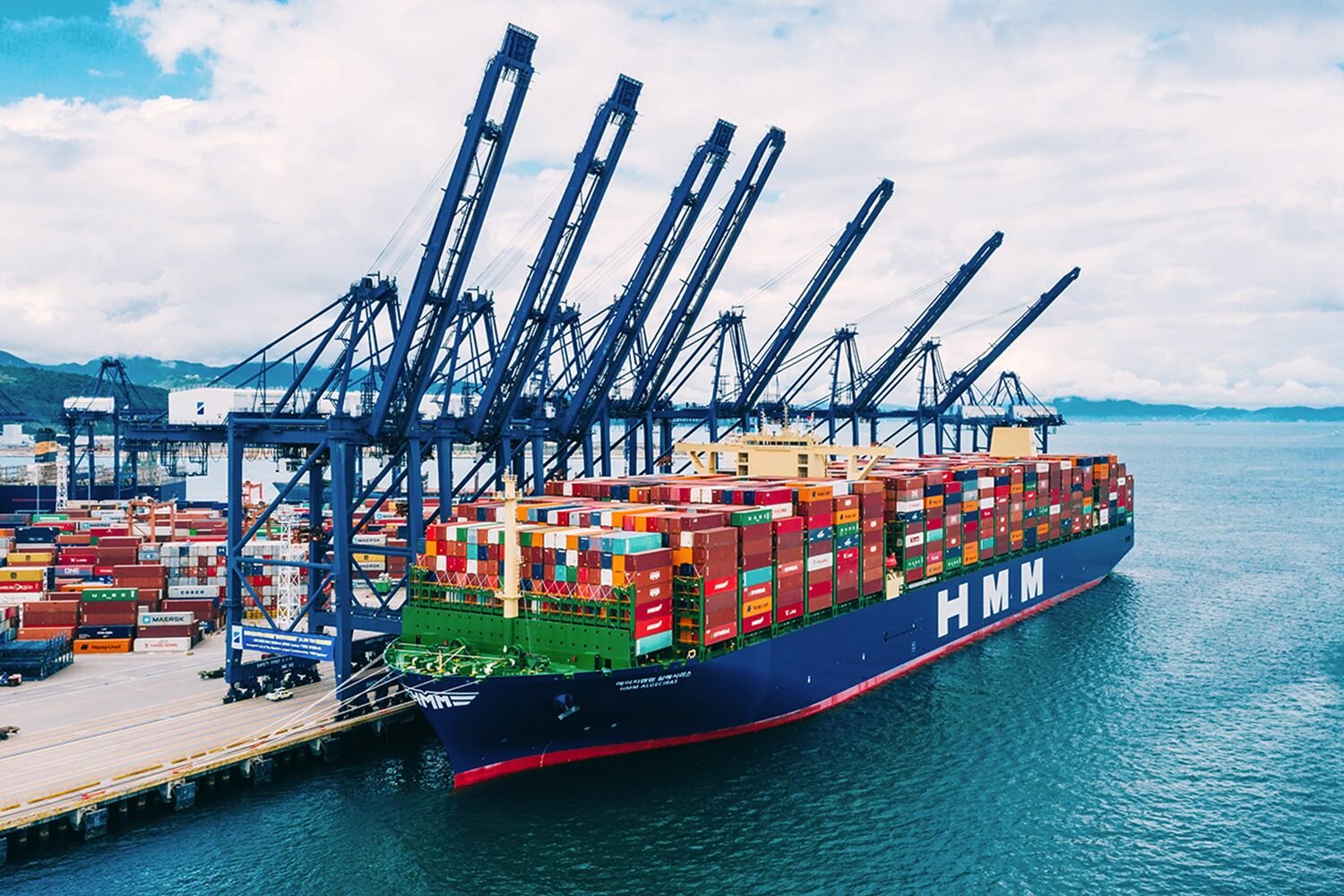The Coronavirus Has Turned the Merchant Fleet into Scraps
The Turkish port of Aliaga, a small coastal town of western Turkey, is bustling with activity. Since the start of the COVID-19 pandemic, this port has been a prime destination for cruisers, carriers and other large vessels that roam the ocean. Aliaga, however, is more of a final resting place than a temporary transit stop. Indeed, these ships are not bound to deliver merchandise or passengers; they are bound for dismantling.
Prior to the outbreak of the COVID-19 pandemic, global maritime trade was responsible for transporting 11 billion tons of merchandise, valued at a total of 14 trillion USD; representing a whopping 80% of globally traded goods. The lower prices and significantly greater transport capacity of shipping vessels led to such heavy dependence on international trade through maritime transport and placed the merchant marine as one of the pillars of globalization. Needless to say, the coronavirus greatly weakened this pillar.
The arrival and spread of the coronavirus and the subsequent lockdowns contributed to an unprecedented drop in supply and demand of globally traded goods, which inevitably took a toll on merchant shipping. The value of maritime trade dropped by 4.1% throughout the year, forcing a large number of vessels to remain in ports or significantly reduce their payloads. Understandably, this drop in activity caused major revenue loss for shipping companies as the entire industry is expected to plunge by 23 billion USD at worst.
As is the case with most industries endangered by the coronavirus, shipping companies faced difficult choices regarding the future of their operations. Maintaining large vessels stationed in ports with slim prospects for activity became quickly unprofitable, as those companies could not sustain their maintenance expenses and suffered greatly diminished revenues. Disposing of these unproductive vessels thus became a viable, or even attractive, option for many companies; maintenance expenses would not only be reduced, but companies would receive cash injections for the sold scrap metal, giving them the necessary funds to last through the crisis. A great number of still operational vessels, cruisers and cargo ships were consequently dismantled and sold for scrap, as a last resort for companies to escape financial failure. In the 3rdquarter of 2020 alone, 170 cargo ships were scrapped in demolition sites around the world.
As serious as the coronavirus crisis may be for these shipping companies, recorded demolitions of the merchant fleet are largely disproportionate to the reality at hand. With forecasts already projecting a returned growth of maritime trade in 2021 with a 4.1% volume increase, why would shipping companies be so keen on eliminating their fleet? This radical move might not actually correspond to a desperate cost-saving measure, but rather a strategic response to ever rising prices of iron ore, ironically triggered by the coronavirus itself.
Between May and September 2020, iron ore prices soared 52%, a surprising raise given the current state of the world economy. This increase has much to do with China’s stimulus package in response to the global economic slowdown. In May 2020, the Chinese Communist Party (CCP) announced a 667 billion USD recovery fund to be spent on infrastructure projects for the revival of the local economy. Unlike the infrastructure package put in place after the 2008 crisis, this fund will support the development of “new infrastructure,” which corresponds to all installations that will accompany China into a future transition towards a high-tech, service-driven economy. 5G infrastructure, as well as installations and charging stations for new energy vehicles, would be at the heart of such new investments.
The announcement of China’s infrastructure-oriented stimulus package created an immediate demand for iron and steel. Despite its position as the world’s top producer of steel and third highest producer of iron ore in the world, the Chinese metallurgy industry fell short of the soaring demand, pushing the CCP to turn to foreign supply sources. After several years of restrictions and import bans, China reopened its market to foreign steel and, most importantly, to foreign imports of scrap metal. The impact of these political decisions on the global market was, once again, instantaneous; after the announcement of the ban lift in late October, iron ore prices soared by 47%, spiking at 172 USD per ton.
The Chinese demand driving iron prices has its share of responsibility in the massive scrapping of shipping vessels by providing an even greater financial incentive for shipping companies to dismantle their fleets. However, while this decision may salvage these very companies, it might have some severe repercussions on international trade and the globalized world we live in.
It is safe to say that the loss of hundreds of cargo ships will have repercussions not only on the companies they belonged to, but also on the millions of businesses depending on them for their supply chains. With 80% of global trade relying on maritime transportation and trade volumes anticipated to return to normal levels, will there be enough ships to support world demand? Will the merchant marine rise from the scraps it was reduced to, or will we have to count it as one of the many casualties of the coronavirus?

